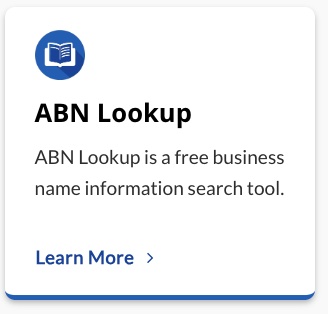The complex topic of designing database schemas for applications is tackled in this article. A database schema is essentially a blueprint for how data is organised and accessed in a database. A well-designed schema makes it simpler for developers to work with the database, enabling them to create, read, update, and delete database information with less difficulty.
Designing database schemas can be daunting, but the Schema-First API design process makes it easy. In this approach, programmers start by creating their API’s schema. The schema can be thought of as the foundation of the structure. From there, developers can focus on writing code that coherently fits the predefined structure.
However, there might be times when changes in the database schema become necessary. Maybe the app’s requirements have changed or there’s a new feature that necessitates alterations. In such scenarios, it’s crucial to manage these changes effectively. One technique is to use something called database migrations. These allow changes to be made smoothly and with minimum disturbance.
There are tools available that can help—one of them being Photon. Photon is a tool that automates generating and running database migrations. It simplifies the entire process of managing changes in schemas. So, if a developer makes a change in the schema, Photon keeps track of it and applies this change without disrupting existing data. It’s reliable, efficient, and saves a ton of manual work.
Taking advantage of the Schema-First API design approach, as well as automated database migration tools like Photon, can really give a boost to software development projects. These techniques make the process of managing and altering the database schema less confusing, less workload-heavy, and more standardised. The end result is a much smoother, efficient development process.
It’s important to remember though, that like all software development techniques, the Schema-First approach and the use of automation tools are not one-size-fits-all. They may not always fit the needs of every project. However, knowing about them, and understanding their pros and cons, can help developers make informed decisions and choose the best strategy for each situation. As a developer, learning these techniques and tools will only broaden your knowledge and skill set, making you better prepared for whatever your next project may be.
Register your new business name at register.biz.au


